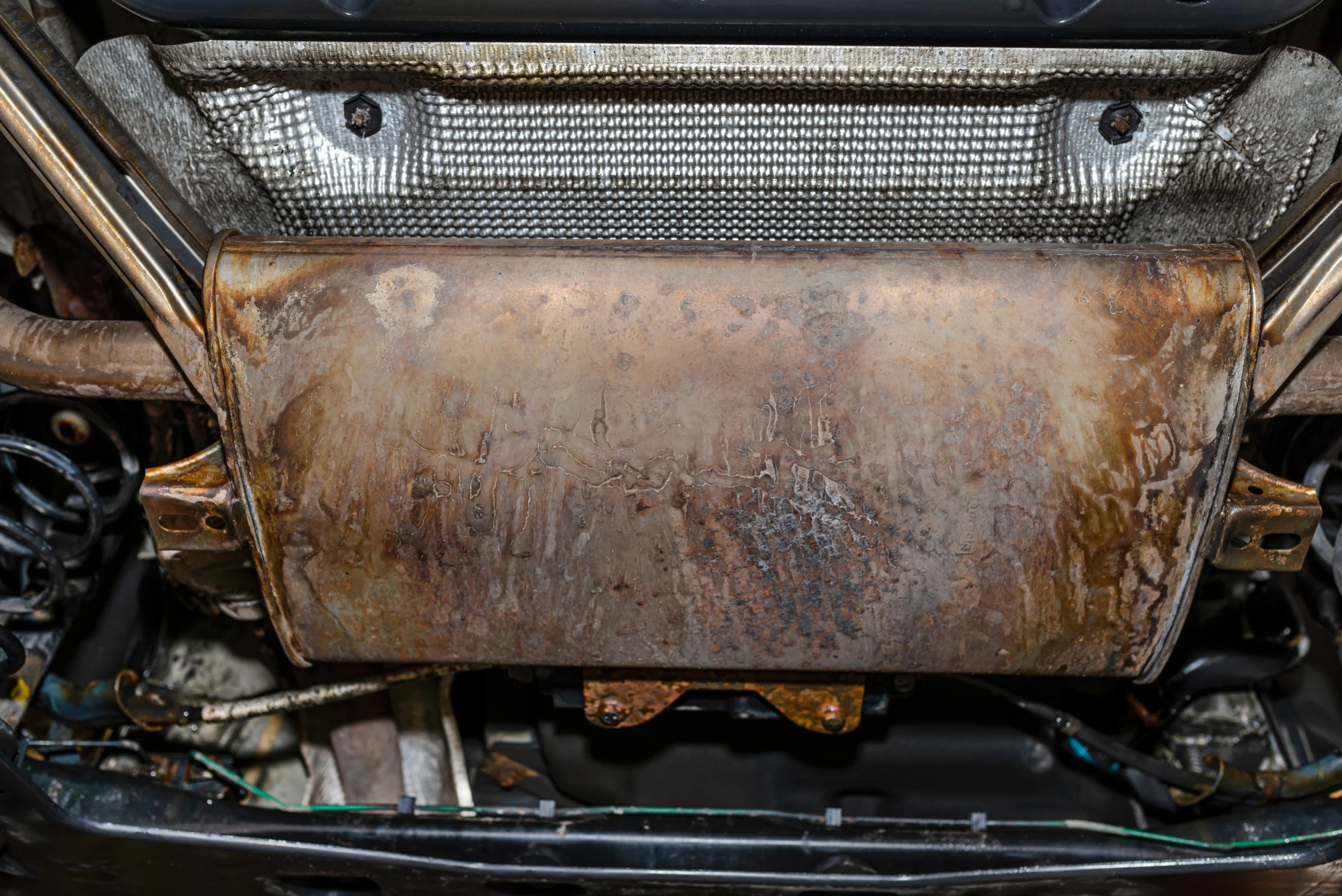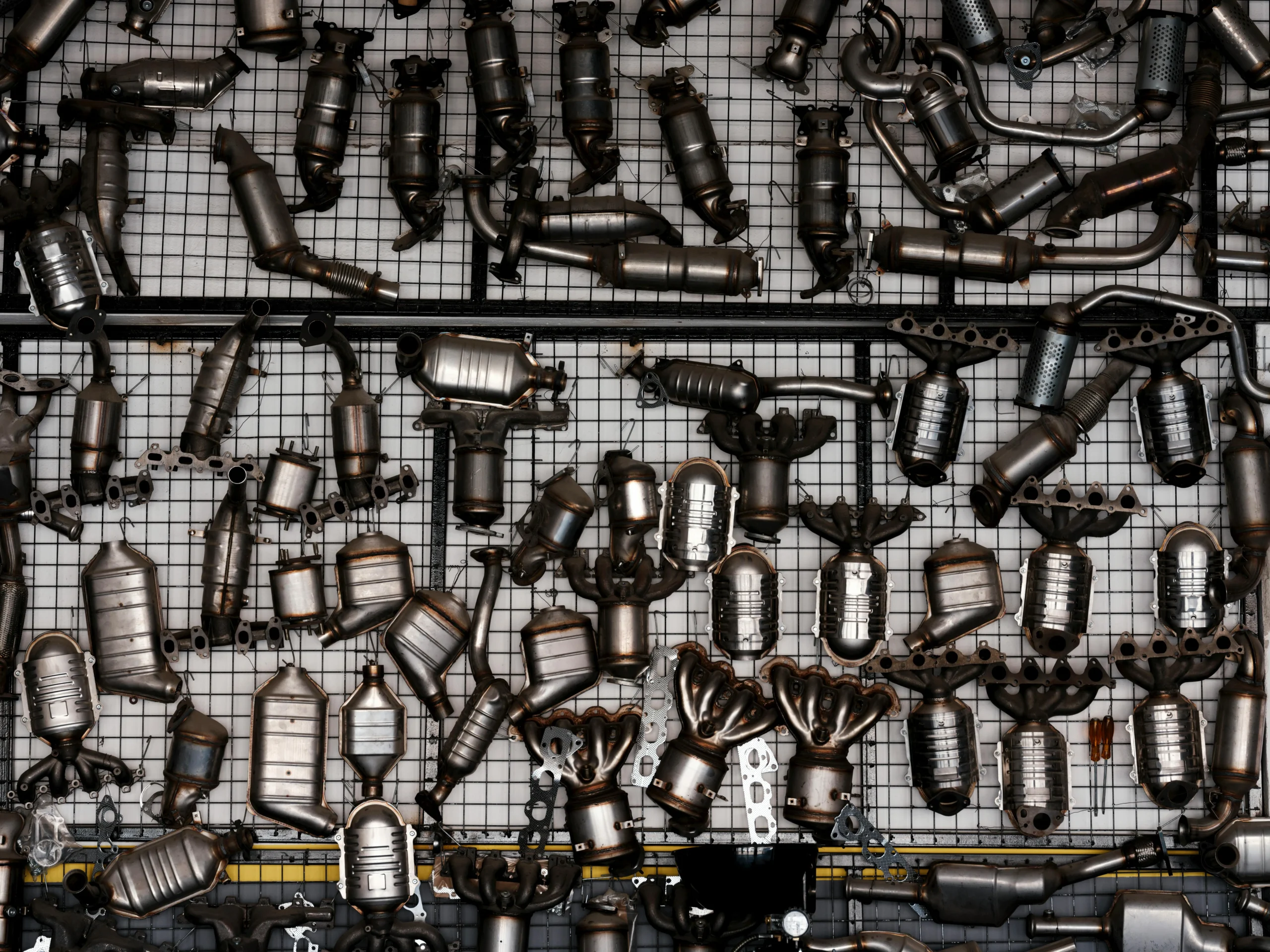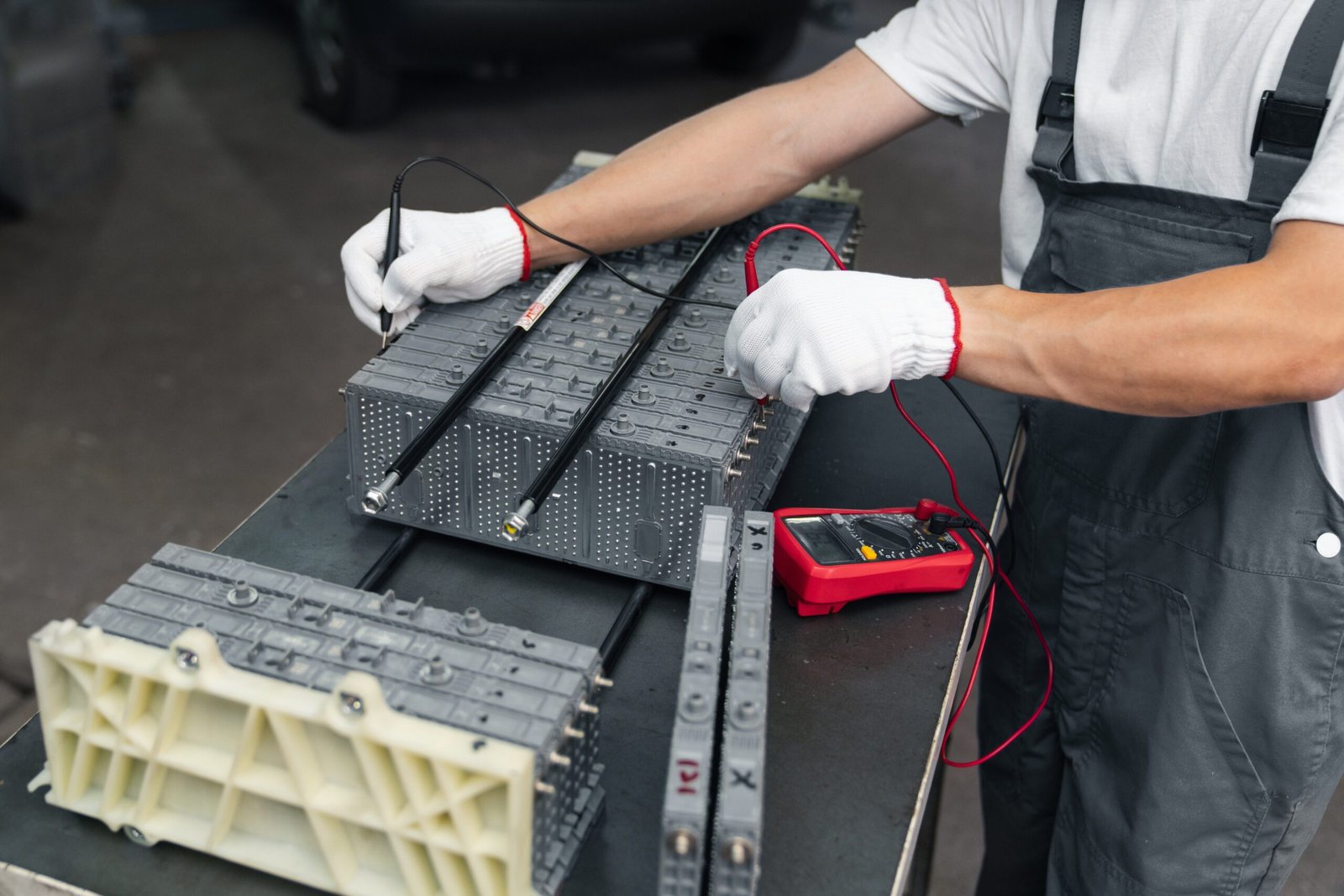Reading an assay report: what values matter
An assay report tells you how much precious metal is in your sampled catalytic converter load. It usually lists platinum (Pt), palladium (Pd), and rhodium (Rh) as concentrations. The most common units are grams per tonne (g/t) or parts per million (ppm). For our purposes, g/t and ppm are interchangeable. One g/t equals one ppm.
Look for these items on the report:
- Sample method and representativeness – Did the lab mill and blend the material? Was a proper split taken?
- Units and basis – Are results reported as g/t, ppm, or percent? Are they dry-basis figures?
- Moisture percentage – Wet weight must be adjusted to dry weight before calculating values.
- Element results – Pt, Pd, and Rh in g/t or ppm.
- Assay uncertainty – Sometimes listed as +/- values or a relative error range.
Handheld XRF is often used for screening, but full settlement usually relies on a refined assay of homogenized material for accuracy. XRF readings can vary with preparation and matrix effects, which is why proper sampling and milling are crucial for final settlement figures. Source discussion: using handheld XRF to analyze catalytic converter scrap.
Converting grams per tonne to payable metal grams
Here’s the step-by-step way to go from assay to metal grams you can get paid on.
- Determine dry weight. If you shipped 1,000 kg wet and moisture is 5%, the dry weight is 950 kg. Convert to tonnes: 950 kg = 0.95 t.
- Convert assay values to grams. The formula is simple: grams of metal = assay (g/t) x dry tonnes
- Apply refining returns (sometimes called recoveries). Different metals have different payable percentages based on process efficiency and contract terms.
- Sum the payable grams across Pt, Pd, and Rh. These payable grams are the basis for your final settlement before fees.
If your report lists Pd at 1,800 g/t, and your dry weight is 0.95 t, your gross Pd grams equal 1,710 g (1,800 x 0.95). Repeat for Pt and Rh.
Deductions, refining returns, and settlement formulas
After calculating gross grams from the assay, the refiner applies a settlement formula. The main moving parts are:
- Payable metal percentages – Often expressed as a percentage per metal. Pd and Pt are typically high. Rh recovery can be slightly lower because of its chemistry and process specifics.
- Treatment and refining charges – Fixed or per-unit fees for processing, analysis, and hedging.
- Sampling and assay charges – Fees for milling, splitting, and lab work.
- Moisture and loss – Moisture is removed up front; process loss may be embedded in the payable percentages.
- Forwards or hedge – If you hedge metal during the process, the contract may reflect that.
Industry guides note that final payment is a function of sample representativeness, accurate assay, agreed recoveries, and contract charges. A helpful overview of how assay impacts settlements appears in this guide to assay and converter settlements.
A table to keep things straight
| Settlement Component | What It Means | How It’s Applied | Tip |
|---|---|---|---|
| Dry weight | Wet weight minus moisture | Wet kg x (1 – moisture%) | Verify lab moisture vs. your receiving weight |
| Assay concentration | Pt/Pd/Rh content in g/t | g/t x dry tonnes = grams | Confirm units; ppm = g/t |
| Payable metal | Recovered grams after returns | Metal grams x return % | Each metal may have a different % |
| Treatment/refining | Processing and lab costs | Fixed or per-unit deductions | Ask for a line-item schedule |
| Final settlement | Payable grams less fees | Per contract formula | Reconcile with a spreadsheet check |
Example calculations showing catalytic converter price outcomes
Let’s run two simple scenarios using round numbers. These are for illustration, not a quote.
Scenario A: Mid-grade mixed lot
Assume:
- Wet weight: 1,000 kg
- Moisture: 5% – so dry weight is 950 kg, or 0.95 t
- Assay: Pt 500 g/t, Pd 1,800 g/t, Rh 300 g/t
- Returns (hypothetical): Pt 98%, Pd 98%, Rh 95%
Gross grams:
- Pt: 500 x 0.95 = 475 g
- Pd: 1,800 x 0.95 = 1,710 g
- Rh: 300 x 0.95 = 285 g
Payable grams after returns:
- Pt: 475 x 0.98 = 465.5 g
- Pd: 1,710 x 0.98 = 1,675.8 g
- Rh: 285 x 0.95 = 270.75 g
From here, a settlement would apply the contract’s deductions. Your spreadsheet should reconcile from assay to payable grams and then to final payout.
Scenario B: Higher-rhodium load
Assume:
- Wet weight: 600 kg
- Moisture: 3% – dry weight is 582 kg, or 0.582 t
- Assay: Pt 350 g/t, Pd 1,200 g/t, Rh 600 g/t
- Returns (hypothetical): Pt 98%, Pd 98%, Rh 94%
Gross grams:
- Pt: 350 x 0.582 = 203.7 g
- Pd: 1,200 x 0.582 = 698.4 g
- Rh: 600 x 0.582 = 349.2 g
Payable grams after returns:
- Pt: 203.7 x 0.98 = 199.6 g
- Pd: 698.4 x 0.98 = 684.4 g
- Rh: 349.2 x 0.94 = 328.2 g
Notice how the higher Rh content changes the metal distribution and your exposure to that metal’s return percentage. This is why accurate blending and sampling matter so much.
Common misunderstandings and reconciliation tips
Misunderstanding 1: Confusing wet and dry weight. Always use dry tonnes when converting g/t to grams. Moisture can swing results more than any single fee.
Misunderstanding 2: Mixing units. If the lab uses ppm, remember it equals g/t. If you see percent, convert to g/t before calculating grams.
Misunderstanding 3: Assuming 100% recovery. Payable metal reflects process efficiency, not theory. If your return rates look low, ask for a technical explanation and any assay cross-checks.
Misunderstanding 4: Comparing apples to oranges. Two quotes can look different if one includes sampling and refining charges in the payable percentages and the other lists them as separate deductions.
Misunderstanding 5: Over-relying on spot checks. Field XRF can be helpful for sorting, but settlement should be based on a representative sample of milled material and a documented chain of custody. See background on method considerations in this article on assay’s role in converter recycling.
Recohub’s transparent settlement examples
Transparency starts with sharing the math. Whether you’re a small yard or an experienced catalytic converter recycler, the path from assay to payment should read the same every time: dry weight, g/t to grams, returns, deductions, and final payout. We encourage customers to mirror our worksheet in their own spreadsheet, so their totals match line by line.
If you’re evaluating programs, compare service approaches too. Our page on DPF vs catalytic converter differences and recycling explains how different emissions components affect metal content and processing. And because end uses help set long-term demand for reclaimed metals, see how recovered Pt, Pd, and Rh can support new products in how recycled catalytic converters fuel jewelry.
For readers focused on environmental impact as well as returns, this explainer on catalytic converters and the fight against smog gives additional context you can share with your team and customers.
How to request an independent review
Third-party assurance can build trust. You can ask for a split sample at the time of milling and have it sealed for an independent assay. If the independent result falls within the contract’s variance tolerance, final settlement stands. If not, the contract may specify a referee lab or a calculated average. The key is to request the split before the sample leaves your facility and to record weights, seals, and signatures at each step.
Also consider staged hedging if your material will be in process for a while. While the lab work happens, your agreement can define how and when metal is locked. Keep the timeline and hedge events documented alongside your assay and settlement worksheets.
Step-by-step worksheet you can follow
- Record receiving wet weight and moisture to get dry kg and tonnes.
- Pull assay values for Pt, Pd, Rh in g/t (or convert ppm to g/t).
- Multiply each metal’s g/t by dry tonnes to get gross grams.
- Apply the contract returns per metal to get payable grams.
- List treatment, refining, sampling, and any hedge or handling fees.
- Reconcile final figures against the settlement notice.
- File the lab certificate, weight tickets, and milling logs together.
Why sampling matters more than anything else
All the math is only as good as the sample. A well-milled, fully homogenized sample dramatically reduces variation between labs and runs. If results swing widely across samples, investigate the preparation and splitting steps before assuming a lab error. Ask for photos or logs showing how the material was crushed, blended, and divided.
Sustainability notes that touch your bottom line
Consistency and sustainability go hand in hand. Clean, well-sorted loads not only help the environment but also reduce contaminants that can cause processing loss. For ideas your team can share with customers about the bigger picture, you might find this piece on recycled catalytic converters and ocean pollution useful in outreach materials.
Where our services fit into your process
If you want a one-page refresher and hands-on support from intake to settlement, start with our service overview. It outlines how we handle sampling, assay coordination, returns, and documentation.
When you’re ready to recover value at scale, explore our program for catalytic converter recycling to see how we manage milling, representative sampling, and straightforward settlements.
If your operation also handles batteries, our team can streamline logistics. Learn how we accept, test, and safely process packs on the Hybrid Batteries Recycling page.
Troubleshooting: reconciling your sheet with the settlement
Here’s a quick checklist when your numbers don’t match:
- Check moisture. Are you converting from wet to dry correctly?
- Confirm units. Did you mix ppm and g/t or miss a decimal?
- Returns per metal. Are you using the exact contract percentages for Pt, Pd, and Rh?
- Fees and order. Did you subtract or add a fee in the wrong place?
- Timing. If a hedge or provisional occurred mid-process, account for it by date in your sheet.
- Sample identity. Ensure the lot number on the assay matches the settlement lot.
When you still can’t find the discrepancy, ask the lab or recycler to walk through each line with you. A five-minute call often solves a two-hour spreadsheet struggle.
What affects your catalytic converter scrap price the most?
Your metal distribution and returns matter most. Rh content can swing the final number even when Pd dominates the grams. Moisture control, clean sorting, and prompt processing also help. Transparent fee schedules make it easier to predict outcomes and reduce surprises on the settlement.
For auction sellers or dismantlers comparing quotes, focus less on a headline catalytic converter scrap price and more on the math behind it. If two offers start with the same assay but yield different payables, the difference lies in returns and charges, not the chemistry.
A quick glossary
- Assay – A lab analysis telling you how much Pt/Pd/Rh a sample contains.
- g/t (or ppm) – The concentration of metal per tonne of material.
- Payable metal – The grams paid after applying returns and deductions.
- Returns – The percentage of each metal credited based on process recovery.
- Settlement – The final statement calculating your payment.
Summary
Assay results become a clear settlement when you follow a simple path: convert the g/t figures to grams using dry tonnes, apply per-metal returns, then account for the listed charges. Keep your records tight, ask for split samples, and reconcile everything in a small worksheet. If you want a dependable partner for sampling and settlement support, our catalytic converter recycling team can guide you step by step.
FAQ
How do I convert ppm to grams for settlement?
Treat ppm and g/t as the same. Multiply the reported g/t by your dry tonnes. That gives you grams for each metal. Then apply the contract return percentages to reach payable grams.
Why are rhodium returns different from palladium or platinum?
Different chemistry and process steps affect how much of each metal is recovered. Contract returns reflect practical recovery, not theoretical 100% recovery.
Can I rely on handheld XRF for payment?
Use it for sorting and quick checks. For settlement, rely on homogenized sampling and a documented assay. XRF is a good screening tool but not the final arbiter of payment.
What if my independent assay doesn’t match?
Contracts usually specify a variance range and a referee process. If the difference exceeds the tolerance, the parties may average results or use a referee lab result as final.
How can I increase my payout without changing the contract?
Improve moisture control, sort out obvious contaminants, and ship consistent, well-prepared loads. Better sampling and blending often reduce variance and keep more grams in your payable column.






